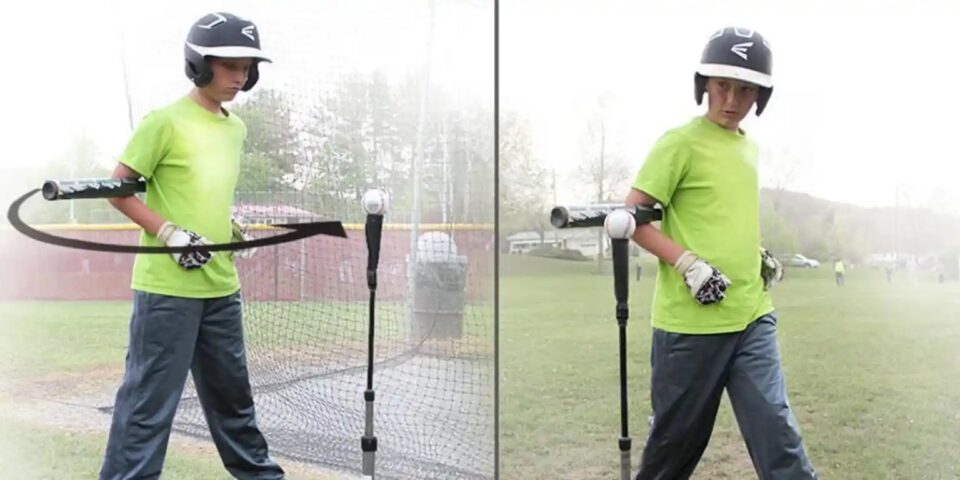Baseball is a beloved sport that combines athleticism, strategy, and teamwork. However, the excitement of the game shouldn’t overshadow the importance of safety. For young players, understanding how to handle baseball bats responsibly is crucial to prevent injuries and ensure a positive experience on the field. This guide outlines essential bat safety tips for young players, covering everything from proper swinging techniques to safe storage and transportation practices.
Mastering the Swing: Technique and Awareness
Swinging a baseball bat might seem simple, but mastering the technique is vital for both performance and safety. Before stepping up to the plate, young players should receive thorough instruction from a qualified coach or instructor. This includes learning the correct grip, stance, and swing path. Emphasize the importance of keeping eyes on the ball throughout the swing and following through completely. Equally important is situational awareness. Young players should be mindful of their surroundings, ensuring that no one is standing too close before they begin practice swings. Designate a safe area for swinging, away from teammates, coaches, and spectators. For properly playing with baseball bats you would need to know the followings.
Safe Storage: Preventing Accidents and Mishaps
Proper bat storage is an often overlooked aspect of baseball safety. Leaving bats lying around on the field or in the dugout poses a significant tripping hazard. Young players should be taught to securely store their bats in designated areas, such as bat racks or bags, when not in use. Never lean bats against walls or fences, as they can easily fall and cause injury. When carrying bats, always hold them horizontally or pointing downwards to avoid accidentally hitting someone. Parents should ensure that bats are stored safely at home, away from areas where children play or walk.
Responsible Play: Respecting the Game and Each Other
Beyond proper technique and storage, responsible play is paramount in preventing accidents. Young players should be instructed to never throw a bat after swinging, as this can be incredibly dangerous. Instead, they should practice releasing the bat safely towards the ground or handing it to the bat boy/girl, or placing it in a designated area. Discourage horseplay and reckless behavior with bats, emphasizing that they are sporting equipment, not toys. Teach children to be respectful of their teammates, opponents, and coaches, always maintaining a safe distance when others are swinging or handling bats.
Gear Up: Protective Equipment Matters
While proper technique and responsible play are essential, wearing appropriate protective equipment is equally important. Batting helmets are a must for all players when at bat or on the bases. These helmets should fit snugly and meet safety standards. Consider using batting gloves to improve grip and reduce hand stinging from mishits. Catchers should always wear full protective gear, including a helmet, chest protector, and leg guards.
Constant Vigilance: Reinforcing Safe Habits
Bat safety is an ongoing process that requires constant reinforcement and education. Coaches, parents, and players should collaborate to create a culture of safety on and off the field. Regularly review safety rules and guidelines. Remind young players of the importance of responsible bat handling. By instilling these habits early on, we can help ensure that baseball remains a safe and enjoyable sport for all young athletes.

